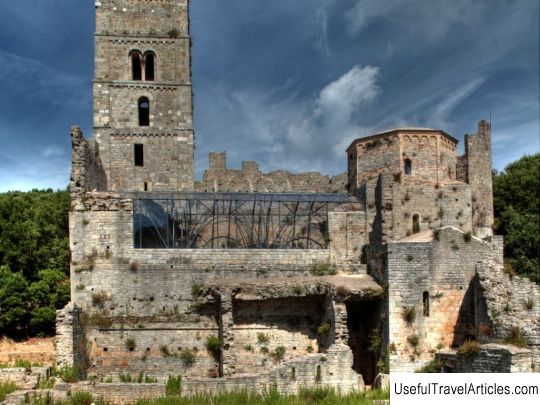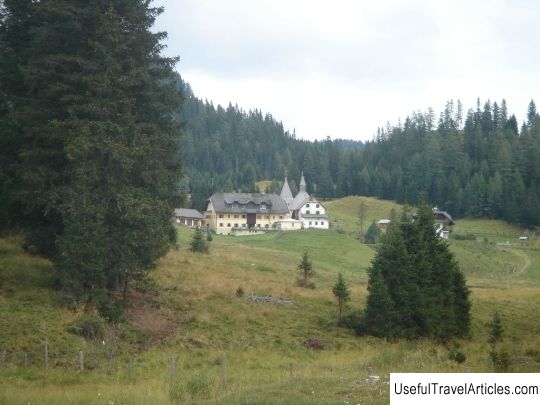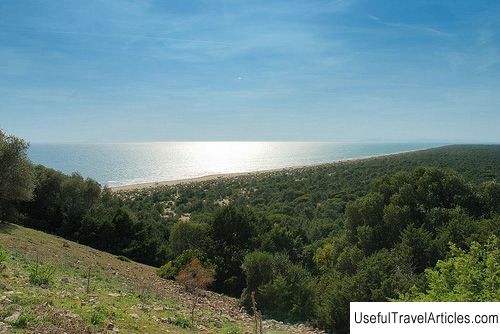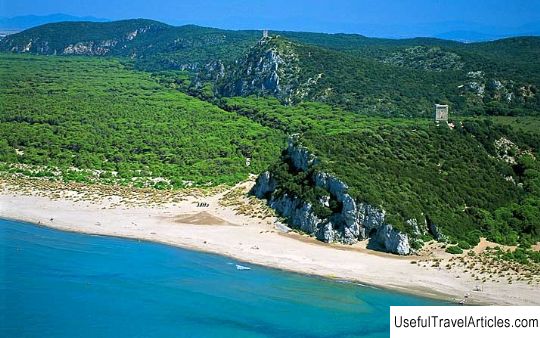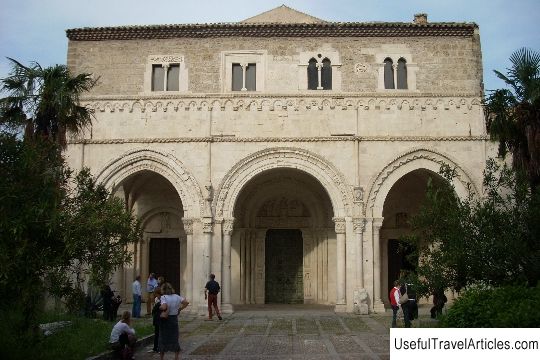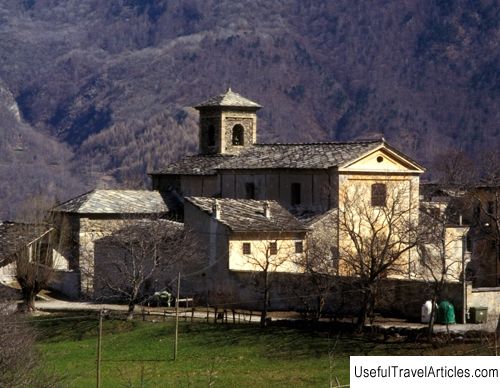Abbazia di San Rabano description and photos - Italy: Grosseto
Rating: 7,8/10 (324 votes) Abbazia di San Rabano description and photos - Italy: Grosseto. Detailed information about the attraction. Description, photographs and a map showing the nearest significant objects. The title in English is Abbazia di San Rabano. Photo and descriptionThe Abbey of San Rabano is located in the Maremma Natural Park between the peaks of Poggio Lecci and Poggio Alto. At the beginning of the 11th century, when it was built, it was called the Monastery of Alberese or de Arboresio. The origin of this name has not yet been precisely established. Perhaps it comes from the words "arbor", "albero", which means "tree", or from the word "albarium" - the white stone of the Uccellini mountains. The modern name of the abbey - San Rabano - probably comes from the name of Saint Raphani Preceptor, who was the last abbot, as follows from the documents of the 18th century. He also initiated the construction of the Church of San Rabano in the town of Alberese. The construction of the abbey began in 1587 on the site of a religious complex, built at the beginning of the 11th century by Benedictine monks. Not far from the abbey was the Royal Road - Strada della Regina, which connected the ancient Roman tract Via Aurelia with the sea. The surrounding area has undergone significant changes and was even deforested in order to grow olive trees and vines. Also on this place a small village was founded, from which only ruins have survived to this day. In the 12th century, the Benedictine monastery reached its peak, and even received control over all monasteries on the border of Lazio from Pope Innocent II. Later, a period of decline of the Benedictine order began, which led to the fact that many Benedictine monasteries were abandoned. San Rabano did not escape this fate. In 1303, Pope Boniface VIII ordered the knights of the Jerusalem Order to guard the territory and rule the lands and monastery in Alberese. The documents of that time still speak of the monastery, but already in 1336 the word "Fort" was first encountered. Probably, it was at that time that the fortifications that have survived to this day were erected - stone walls with loopholes. In the 14th century, the power over this fort became the cause of disagreements between Siena and Pisa, and in 1438, Siena, which became the full owner of the entire territory of the present province of Grosseto, destroyed the monastery. The current abbey of San Rabano, built on the site of the demolished religious complex, consists of a church with a monastery and an observation tower of Uccellina. The abbey was partly built from the material that remained from the former monastery, and its building itself, probably stands on an ancient foundation. The church rises on a cruciform base with transverse beams. Particularly noteworthy is the partially collapsed roof of the central nave: it is made of stone and supported by large slabs that rest directly on the walls of the nave. On the portal arch and the apse window, ancient engravings have been preserved, the exact dating of which has not been established: some scientists attribute them to the late Middle Ages. The east-facing part of the church consists of a central apse and two smaller side apses. The bell tower undoubtedly belongs to the Romano-Lombard period. The Abbey of San Rabano, unfortunately, is in poor condition today, and only recent archaeological excavations have allowed scientists to understand what the entire complex looked like in the past. Today, you can see the ruins of a central courtyard with a cistern, large and small access roads and a hearth near the Uccellina tower.       We also recommend reading Gagra temple description and photo - Abkhazia: Gagra Topic: Abbazia di San Rabano description and photos - Italy: Grosseto. |
